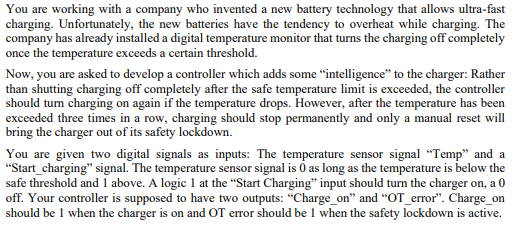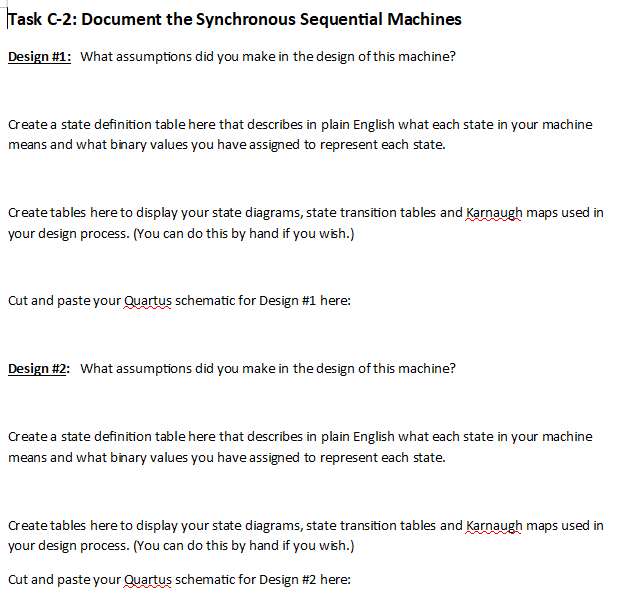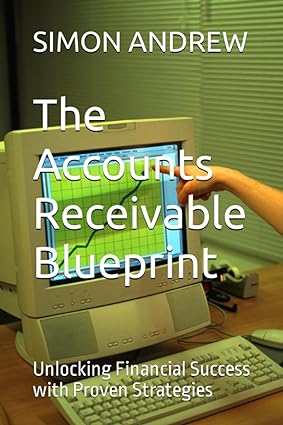Answered step by step
Verified Expert Solution
Question
1 Approved Answer
If you can just design them for me I can put them into Quartus myself. Thank you! You are working with a company who invented


If you can just design them for me I can put them into Quartus myself. Thank you!
You are working with a company who invented a new battery technology that allows ultra-fast charging. Unfortunately, the new batteries have the tendency to overheat while charging. The company has already installed a digital temperature monitor that turns the charging off completely once the temperature exceeds a certain threshold. Now, you are asked to develop a controller which adds some "intelligence" to the charger: Rather than shutting charging off completely after the safe temperature limit is exceeded, the controller should turn charging on again if the temperature drops. However, after the temperature has been exceeded three times in a row, charging should stop permanently and only a manual reset will bring the charger out of its safety lockdown. You are given two digital signals as inputs: The temperature sensor signal "Temp" and a "Start_charging" signal. The temperature sensor signal is 0 as long as the temperature is below the safe threshold and 1 above. A logic 1 at the "Start Charging input should turn the charger on, a 0 off. Your controller is supposed to have two outputs: "Charge_on" and "OT_error". Charge_on should be I when the charger is on and OT error should be 1 when the safety lockdown is active. Task C-2: Document the Synchronous Sequential Machines Design #1: What assumptions did you make in the design of this machine? Create a state definition table here that describes in plain English what each state in your machine means and what binary values you have assigned to represent each state. Create tables here to display your state diagrams, state transition tables and Karnaugh maps used in your design process. (You can do this by hand if you wish.) Cut and paste your Quartus schematic for Design #1 here: Design #2: What assumptions did you make in the design of this machine? Create a state definition table here that describes in plain English what each state in your machine means and what binary values you have assigned to represent each state. Create tables here to display your state diagrams, state transition tables and Karnaugh maps used in your design process. (You can do this by hand if you wish.) Cut and paste your Quartus schematic for Design #2 here: You are working with a company who invented a new battery technology that allows ultra-fast charging. Unfortunately, the new batteries have the tendency to overheat while charging. The company has already installed a digital temperature monitor that turns the charging off completely once the temperature exceeds a certain threshold. Now, you are asked to develop a controller which adds some "intelligence" to the charger: Rather than shutting charging off completely after the safe temperature limit is exceeded, the controller should turn charging on again if the temperature drops. However, after the temperature has been exceeded three times in a row, charging should stop permanently and only a manual reset will bring the charger out of its safety lockdown. You are given two digital signals as inputs: The temperature sensor signal "Temp" and a "Start_charging" signal. The temperature sensor signal is 0 as long as the temperature is below the safe threshold and 1 above. A logic 1 at the "Start Charging input should turn the charger on, a 0 off. Your controller is supposed to have two outputs: "Charge_on" and "OT_error". Charge_on should be I when the charger is on and OT error should be 1 when the safety lockdown is active. Task C-2: Document the Synchronous Sequential Machines Design #1: What assumptions did you make in the design of this machine? Create a state definition table here that describes in plain English what each state in your machine means and what binary values you have assigned to represent each state. Create tables here to display your state diagrams, state transition tables and Karnaugh maps used in your design process. (You can do this by hand if you wish.) Cut and paste your Quartus schematic for Design #1 here: Design #2: What assumptions did you make in the design of this machine? Create a state definition table here that describes in plain English what each state in your machine means and what binary values you have assigned to represent each state. Create tables here to display your state diagrams, state transition tables and Karnaugh maps used in your design process. (You can do this by hand if you wish.) Cut and paste your Quartus schematic for Design #2 hereStep by Step Solution
There are 3 Steps involved in it
Step: 1

Get Instant Access to Expert-Tailored Solutions
See step-by-step solutions with expert insights and AI powered tools for academic success
Step: 2

Step: 3

Ace Your Homework with AI
Get the answers you need in no time with our AI-driven, step-by-step assistance
Get Started


